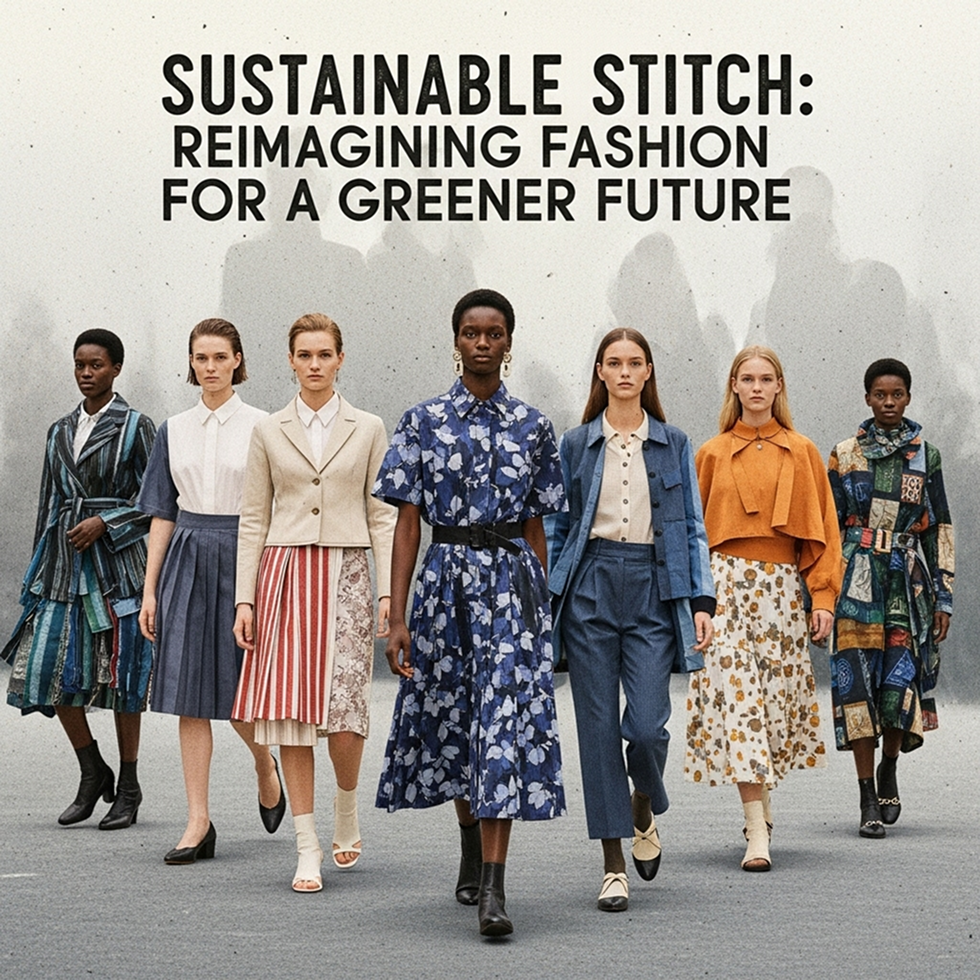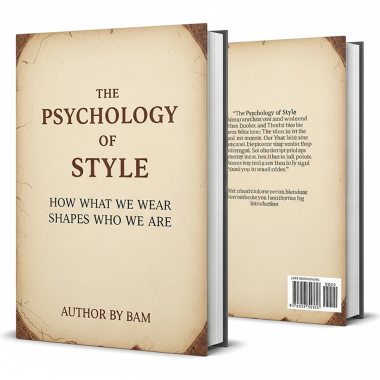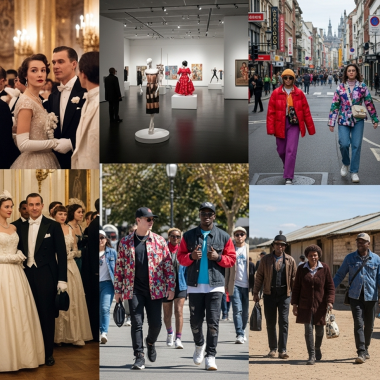The fashion industry, for all its glamour and creativity, has a dark side. It is one of the world’s most polluting industries, notorious for its excessive consumption of resources, massive waste generation, and significant carbon footprint. From the cotton fields drenched in pesticides to the dyes polluting waterways, and from the exploitative labor practices in garment factories to the mountains of discarded clothing filling landfills, the environmental and social costs of fast fashion are staggering. However, a powerful counter-movement is gaining momentum: sustainable fashion. This isn’t just a trend; it’s a fundamental reimagining of how clothes are designed, produced, consumed, and ultimately, disposed of, with the goal of minimizing harm to both people and the planet.
At its core, sustainable fashion advocates for a holistic approach, considering the entire lifecycle of a garment. This begins with raw materials. Traditional fashion heavily relies on resource-intensive crops like conventional cotton, which demands vast amounts of water and pesticides. Sustainable alternatives include organic cotton, linen, hemp, and innovative materials like Tencel (made from wood pulp) or recycled polyester. These materials require less water, fewer chemicals, and often have a lower carbon footprint. The focus shifts from virgin resources to renewable, recycled, or upcycled options, closing the loop and reducing dependence on finite natural resources.
Next in the supply chain are production processes. Sustainable practices in manufacturing emphasize minimizing waste, conserving water and energy, and reducing the use of harmful chemicals. This includes adopting cleaner dyeing methods, utilizing renewable energy sources in factories, and implementing closed-loop systems where water and chemicals are recycled. Ethical labor practices are also paramount, ensuring fair wages, safe working conditions, and respect for human rights throughout the supply chain, from the farmers who grow the fibers to the garment workers who stitch the clothes. Transparency becomes a key virtue, allowing consumers to trace the origins of their garments and verify ethical production.
The conversation around sustainable fashion also extends to consumption patterns. The rise of fast fashion has encouraged a disposable mindset, where clothes are bought cheaply, worn a few times, and then discarded. Sustainable fashion challenges this “buy-and-dispose” cycle, promoting a shift towards conscious consumption. This means investing in fewer, higher-quality pieces that are designed to last, rather than constantly chasing fleeting trends. It encourages consumers to ask questions like: “Do I truly need this?” “How long will this last?” “What is this made of?” and “Who made this?” The emphasis shifts from quantity to quality, encouraging consumers to build a thoughtful, versatile wardrobe rather than an overflowing closet of unworn items.
Beyond purchasing new sustainable garments, conscious consumption also embraces circularity. This involves extending the lifespan of clothing through repair, upcycling, and donation. The notion of a garment having an “end-of-life” is being replaced by the idea of a continuous cycle. Businesses are emerging that specialize in clothing repair, while platforms for swapping, renting, or reselling pre-owned clothes are gaining popularity. When garments truly reach the end of their usable life, the goal is to ensure they can be recycled into new fibers or safely composted, preventing them from ending up in landfills where they can take hundreds of years to decompose, releasing harmful greenhouse gases in the process.
While the journey towards a fully sustainable fashion industry is complex and multifaceted, significant progress is being made. Major brands are beginning to invest in sustainable initiatives, innovative startups are developing groundbreaking materials and technologies, and consumers are becoming increasingly aware and vocal about their demand for ethical and eco-friendly options. Challenges remain, including the scalability of sustainable practices, the cost implications for consumers, and the need for greater industry-wide collaboration and regulation. However, the momentum is undeniable.
Ultimately, sustainable fashion is about more than just reducing environmental impact; it’s about fostering a more equitable and responsible industry that values people and the planet as much as profit. It’s an invitation for designers to innovate with purpose, for manufacturers to adopt greener practices, and for consumers to become more mindful in their choices. By embracing the principles of sustainable fashion, we can collectively stitch together a future where style and ethics are not mutually exclusive, but rather, beautifully interwoven.



